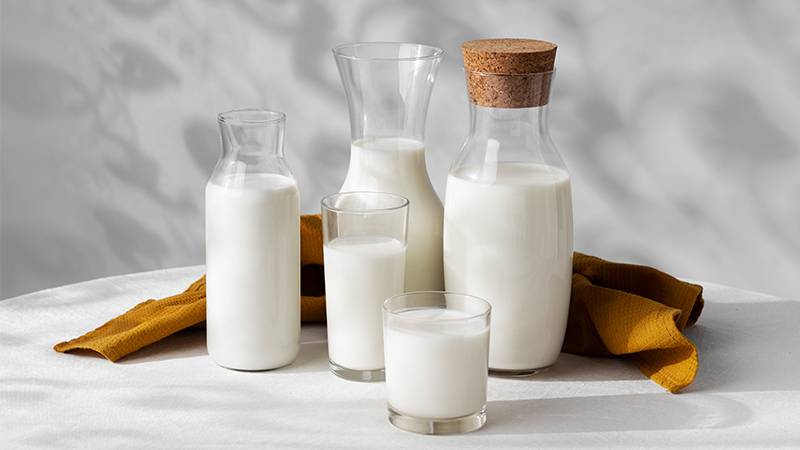Sustainable eating is more than just a trend; it’s a crucial shift towards preserving our planet. It involves choosing foods that are not only good for our health but also kind to the environment. Dairy farming, for example, has a significant environmental footprint, consuming vast amounts of water and land, and contributing to greenhouse gas emissions.
In this light, making dairy-free milk at home emerges as a sustainable alternative. It’s a simple, impactful way to reduce our environmental impact while still enjoying delicious and nutritious milk. Let’s explore how this small change can make a big difference.
Choosing Your Base for Dairy-Free Milk
When it comes to making dairy-free milk, the base you choose plays a critical role in both taste and environmental impact. Almonds, oats, and soy are among the most popular choices, each with its own set of benefits and considerations.
Almond Milk
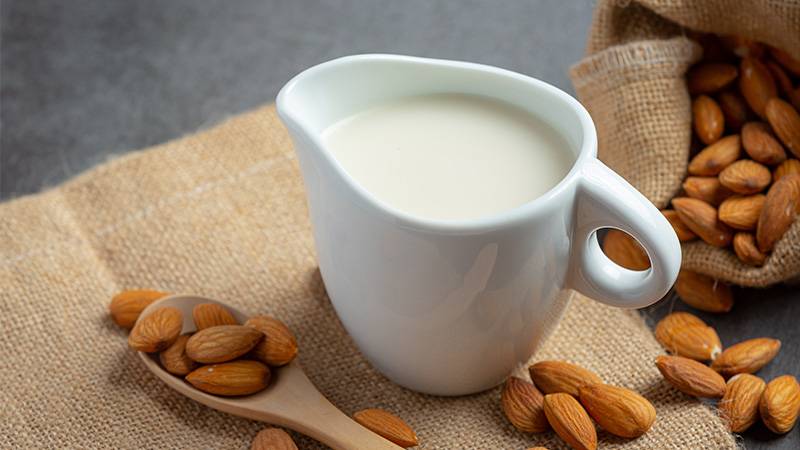
Almond milk is celebrated for its creamy texture and nutty flavor. However, it’s important to note that almond farming is water-intensive, especially in regions like California, where a significant portion of the world’s almonds are grown.
Pros
Cons
- Creamy texture, nutty flavor.
- High water usage for almond cultivation.
Oat Milk

Oat milk has gained popularity for its naturally sweet taste and eco-friendly profile. Oats require less water to grow than almonds and are often hailed for their lower environmental footprint. This makes oat milk a fantastic option for those looking to minimize their impact on the planet.
Pros
Cons
- Low environmental footprint, naturally sweet taste.
- May contain gluten, which can be a concern for those with sensitivities.
Soy Milk
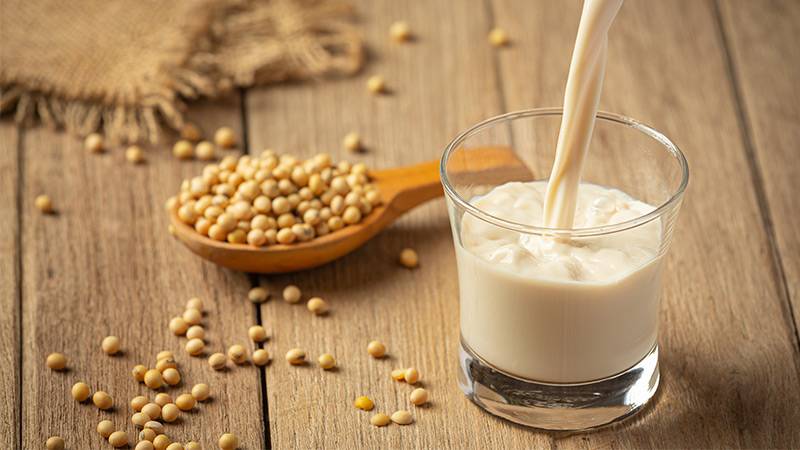
Soy milk, one of the original plant-based milk alternatives, stands out for its high protein content. Soybeans are a crop that can enrich the soil with nitrogen, reducing the need for chemical fertilizers. However, the environmental impact of soy milk can vary depending on factors like sourcing and production practices.
Pros
Cons
- High in protein, can enrich soil.
- Potential issues with GMOs and deforestation, depending on sourcing.
Step-by-Step Guide to Making Dairy-Free Milk at Home
Equipment and Ingredients You’ll Need
Before diving into the world of homemade dairy-free milk, you’ll need a few basic tools and ingredients. Regardless of the base you choose—be it almonds, oats, or soy—the essential equipment remains fairly consistent:
- A high-speed blender for transforming your base into milk.
- A large bowl for soaking (applicable for almonds and soybeans).
- A fine-mesh nut milk bag or a cheesecloth for straining.
- Airtight containers for storage.
For ingredients, you’ll need:
- Your base (1 cup of almonds, oats, or soybeans)
- Water (4 cups for blending)
- Optional flavorings like vanilla extract, dates, or a pinch of salt.
The Process: From Soaking to Blending
Almond Milk
- Soak 1 cup of almonds overnight in water to soften.
- Drain and rinse the almonds, then blend with 4 cups of water until smooth.
- Strain through a nut milk bag or cheesecloth into a container.
Oat Milk
- Blend 1 cup of rolled oats with 4 cups of water for about 30 seconds.
- Strain the mixture using a nut milk bag, but do not squeeze too hard to avoid sliminess.
- Optional: Rinse the oats before blending to reduce sliminess.
Soy Milk
- Soak 1 cup of soybeans overnight, then peel the skins for a smoother milk.
- Blend the soaked beans with 4 cups of water until smooth.
- Cook the blended mixture for about 20 minutes, skimming foam.
- Strain through a cheesecloth or nut milk bag.
Flavoring and Storing Your Milk

Flavoring your homemade dairy-free milk can enhance its taste significantly. Consider adding a teaspoon of vanilla extract, a couple of dates, or a pinch of salt during the blending process for added sweetness or depth of flavor.
Storing your milk is straightforward but essential for maintaining freshness. Pour the strained milk into airtight containers and refrigerate. Homemade dairy-free milk typically lasts up to 5 days in the fridge. Remember to shake well before each use, as separation is natural.
By following these steps, you can enjoy delicious, sustainable dairy-free milk alternatives that reduce your environmental impact and support your health. Whether you prefer the nuttiness of almond milk, the sweetness of oat milk, or the protein-rich soy milk, homemade versions provide a satisfying and eco-friendly option for sustainable eating enthusiasts.
Overcoming Challenges and Troubleshooting
Making dairy-free milk at home can be rewarding, yet you may encounter a few common issues along the way. Here’s how to address challenges related to texture, separation, and flavor, ensuring your homemade milk is as delicious and satisfying as possible.
Texture Issues
If your milk turns out too thick or gritty, the problem often lies in the blending or straining process.
For a smoother texture, blend your base more thoroughly. A high-speed blender is ideal for achieving a fine consistency.
When straining, ensure you’re using a fine-mesh nut milk bag or several layers of cheesecloth.
If grittiness persists, particularly with almond milk, consider blending the almonds with more water or straining the milk an additional time.
Separation
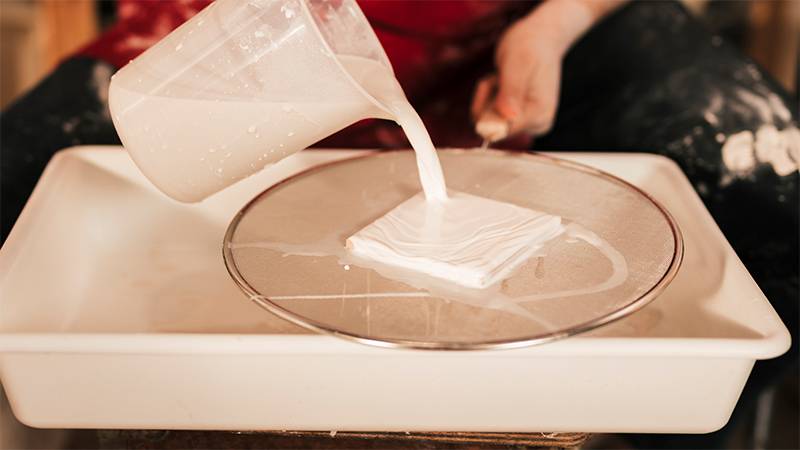
Separation is a natural occurrence in homemade dairy-free milk due to the lack of emulsifiers. Simply give your milk a good shake before each use to reincorporate the solids.
For those who prefer a more homogenized texture, adding a small amount of lecithin (sunflower or soy) during blending can help emulsify the mixture, reducing separation.
Flavor Adjustments
Adjusting the flavor of your homemade milk is easy and customizable.
If your milk tastes too bland, try adding natural sweeteners like dates or a splash of vanilla extract. A pinch of salt can also enhance the milk’s overall flavor profile.
For those looking for a nuttier taste in oat or soy milk, lightly toasting the oats or soybeans before soaking and blending can add depth to the flavor.
Benefits of Homemade Dairy-Free Milk
Nutritional Benefits
Choosing to make your own dairy-free milk at home comes with a plethora of nutritional advantages. Plant-based milks, such as almond, oat, and soy, are often lower in calories compared to traditional dairy milk and can be a great source of vitamins and minerals.
For example, almond milk is rich in vitamin E, while soy milk provides a high-quality plant protein that’s comparable to that found in cow’s milk.
By making these milks at home, you have the control to enhance their nutritional profile even further by adding ingredients like calcium-rich figs or protein-packed hemp seeds, tailoring the beverage to meet your dietary needs.
Customization and Taste
One of the most appealing aspects of homemade dairy-free milk is the ability to customize it to your liking.
Whether you prefer a sweeter taste, achieved by adding natural sweeteners like dates or vanilla, or a richer consistency, adjustable by playing with the water-to-base ratio, the power is in your hands. This customization extends to flavoring as well, with options ranging from chocolate to strawberry, allowing you to create a variety of dairy-free milks that cater to everyone’s taste.
Moreover, homemade milk avoids the additives and preservatives often found in store-bought versions, making it a healthier choice for you and your family.
Environmental Benefits
The environmental impact of producing dairy-free milk at home is significantly lower than that of dairy farming. Plant-based milk production requires less water, less land, and results in lower greenhouse gas emissions.
By choosing to make your milk at home, you’re actively contributing to reducing the carbon footprint associated with food production. This switch not only supports sustainable eating but also promotes a more eco-friendly lifestyle.
Understanding the Environmental Footprint of Dairy
The Impact of Dairy Farming on the Environment
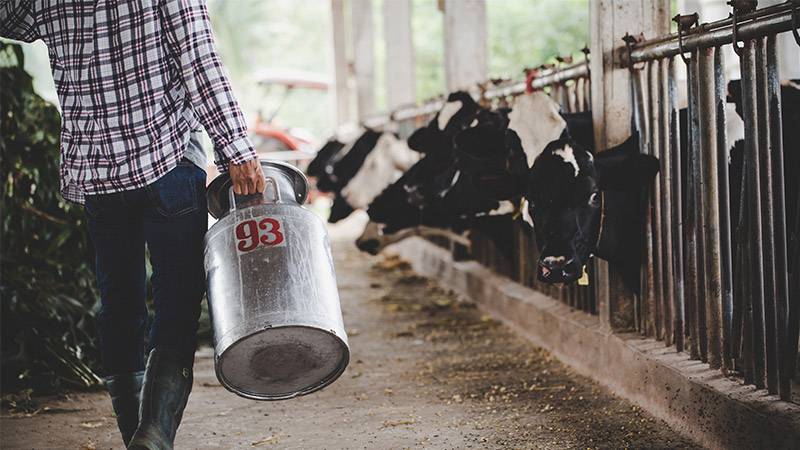
Dairy farming is a significant contributor to environmental degradation, a fact that’s becoming increasingly impossible to ignore. It’s responsible for high levels of water usage, extensive land use, and considerable greenhouse gas emissions.
To produce just one gallon of cow’s milk, it’s estimated that around 1,000 gallons of water are required when accounting for the entire production process, from growing the feed for cows to the milking process itself.
Additionally, dairy farming demands large tracts of land, both for grazing cows and growing their feed, contributing to deforestation and loss of biodiversity.
Moreover, cows produce methane, a potent greenhouse gas, further exacerbating climate change.
How Dairy-Free Alternatives Compare

In contrast, plant-based milks such as almond, oat, and soy milk present a much lower environmental impact.
For instance, producing a gallon of almond milk requires approximately 371 gallons of water—significantly less than cow’s milk. While almond milk’s water usage is still noteworthy, other plant-based options like oat milk are even more water-efficient.
Furthermore, the land use for producing dairy alternatives is substantially lower, reducing the pressure on our ecosystems. These plant-based alternatives also generate fewer greenhouse gas emissions, with oat milk production emitting about 80% less greenhouse gas than dairy milk.
The shift towards dairy-free milk is not just a health or dietary choice—it’s a conscientious decision to mitigate one’s environmental impact. By opting for plant-based milk, individuals can significantly reduce their water usage, land use, and greenhouse gas emissions, contributing to a more sustainable and eco-friendly food system.
This comparative analysis underscores the importance of embracing dairy alternatives as part of a broader strategy to combat climate change and promote environmental sustainability.
The Bigger Picture: Your Impact on Sustainability
Embracing homemade dairy-free milk is a commendable step towards sustainable living, but it’s just the beginning. Sustainable eating encompasses a broader spectrum of choices that can collectively lead to significant environmental change. By integrating more plant-based foods into your diet, reducing food waste, and supporting local and organic farming practices, you amplify your positive impact on the planet.
Each individual choice, from selecting almond, oat, or soy milk over dairy, to opting for locally grown produce, contributes to a larger shift towards reducing our carbon footprint, conserving water, and promoting biodiversity. This collective effort can drive a substantial reduction in greenhouse gas emissions and mitigate climate change.
Remember, sustainability is a journey, not a destination. By continuously seeking ways to make more eco-friendly food choices, you become part of a global movement towards a more sustainable and equitable food system. Your actions, no matter how small they may seem, play a crucial role in shaping a healthier planet for future generations. Embrace the change, and let’s make a difference together.
Conclusion
Making dairy-free milk at home is more than just a dietary choice; it’s a commitment to sustainability and environmental stewardship. By choosing plant-based alternatives, you’re not only opting for a healthier lifestyle but also contributing to the reduction of your environmental impact.
I encourage you to try making your own dairy-free milk and explore further sustainable eating practices. Together, we can make a difference—one glass of milk at a time.

